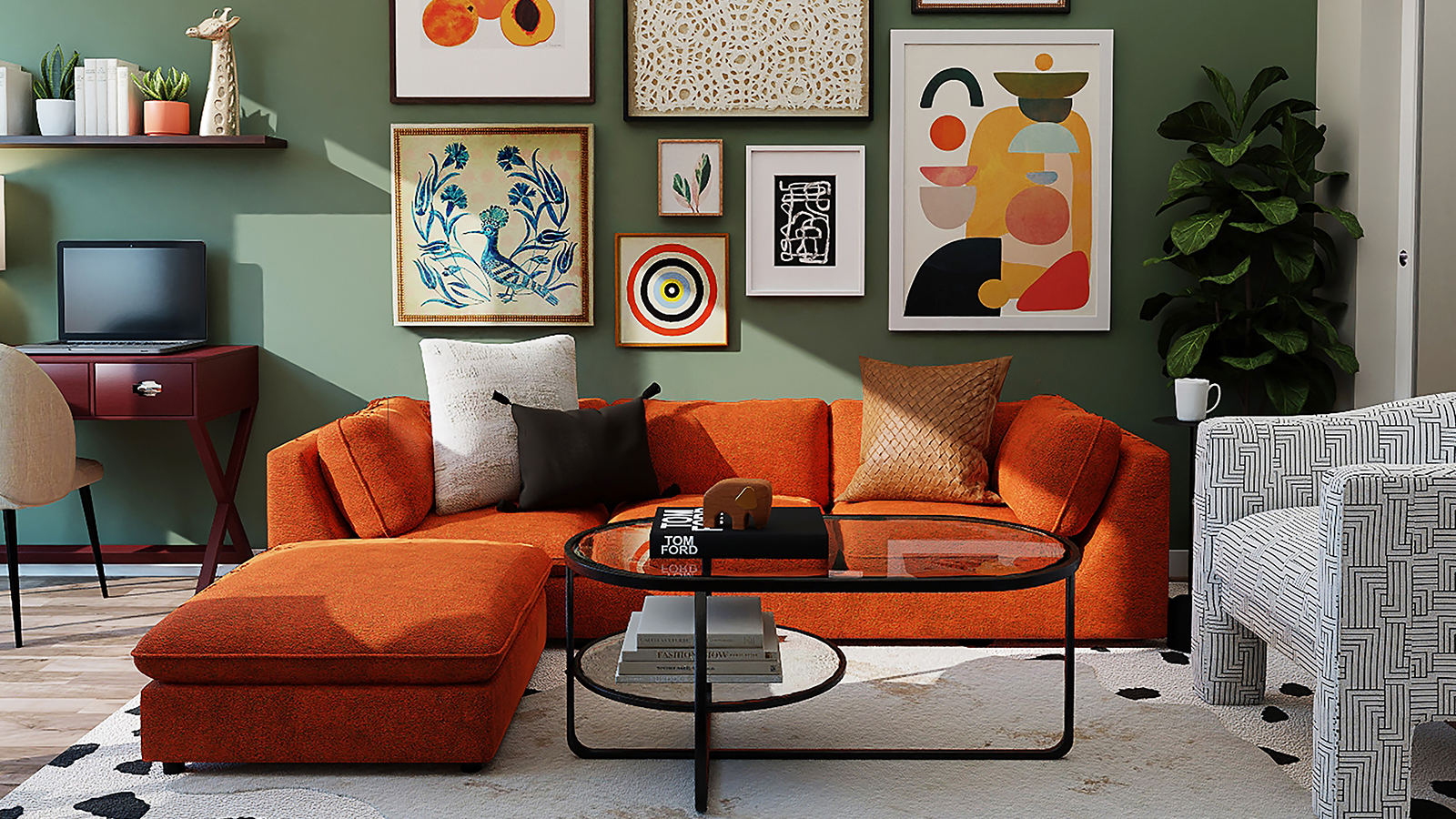- Fashion Courses
- Design Courses
- Art Courses
- Fragrances & Cosmetics Courses
- Courses for Professionals
- Short Courses
- Schools
- Admission
- Maze35 Magazine
- Newsroom
- I'M Alumni
- Careers & Industry Relations
- University Partnerships
- Get in touch

Product Design for Human-Robot Interaction
Participants who successfully complete this programme will be awarded with a Master Degree. Recognised by MUR (Italian Ministry of University and Research) participants will obtain 60 CFA (crediti formativi accademici) equivalent to 60 ECTS credits.
As robots spread across major business (and living) areas, with forecasts of adoption and investment growth, intelligent automata are envisioned to weave themselves into our daily lives. The presence of these robotic “companions”, including products, services and furnishings, raises an aesthetic question involving product design as a subject covering both projects and culture, enhancing robot performance with an emotional, relatable appeal.
During the programme, students will delve into the impact of aesthetics on humans’ ability to trust robots and how semtiotics and anthropology factors play a key role in defining the modalities and outcomes of these interactions.
They will learn how to define the aesthetic body of robots as everyday objects through project work completed by lessons dealing with technology applications, design definition, cognitive user experience, aesthetic language, and critical analysis of the human-robot relationship. Participants will also be challenged with robotic-based company projects from a given brief to concept definition and product development, preparing the relevant technical documentation and a professional visual presentation.
Students will work as junior designers led by a mentor as their “art director”, and supported by teachers in defining specific aspects of their project and subsequent implications.
- Define and plan what robots will – or should - look like, combining aesthetic languages with
cognitive requirements - Implement robotic functions and design language in defining a robot’s functional structure
- Specify a robot’s semiotic features and define its affordances to foster empathy with users and
integrate it into everyday environments - Deeply understand – and take advantage of – the cultural, anthropological and sociological
implications connected to the development and design of human-robot interactions
- Product Designer
- Robotic Designer
- Professional robot designer
- User-experience expert for technology-based product
- Product Designer
- Robotic Designer
- Professional robot designer
- User-experience expert for technology-based product
Inspiring and supporting students while helping them grow their skills, Mentors are a go-to person for future fashion, design & art talents.
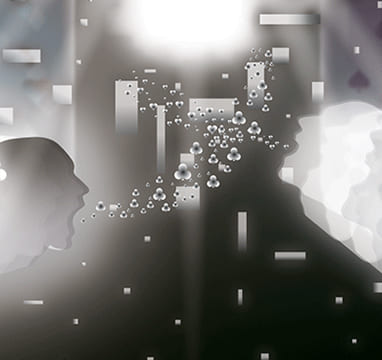

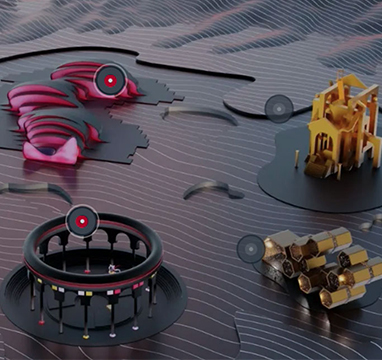


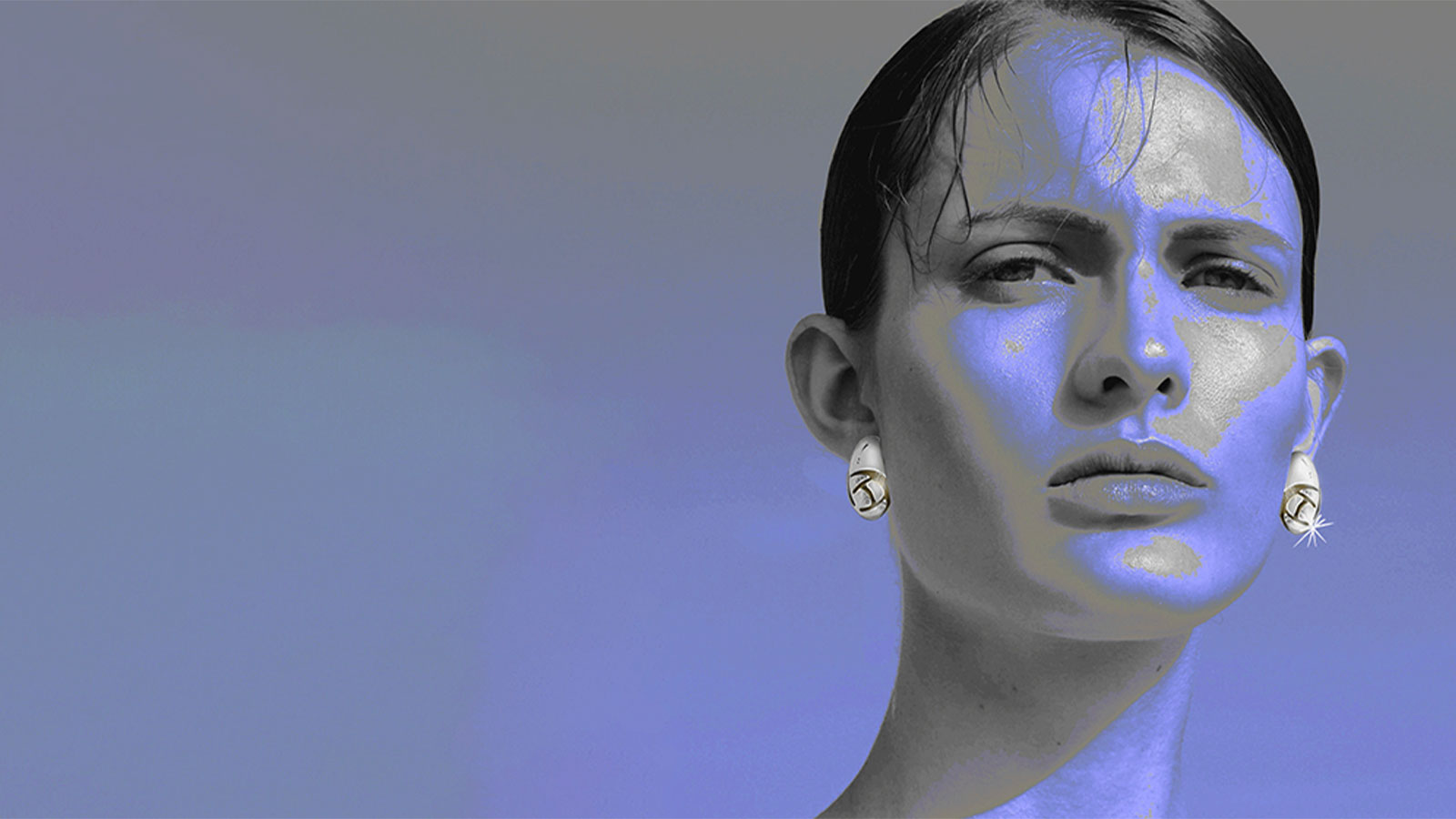

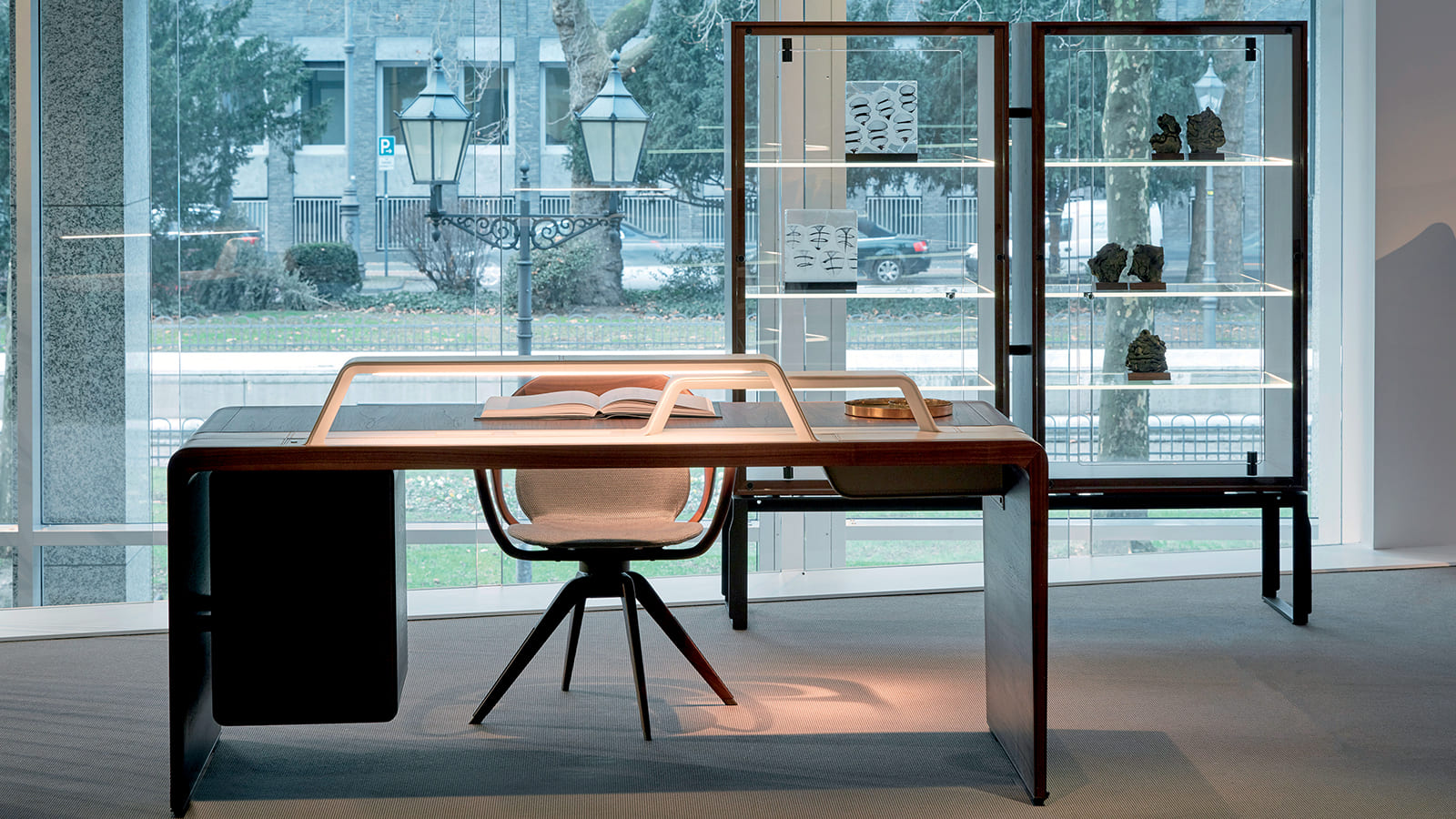
.jpg)
